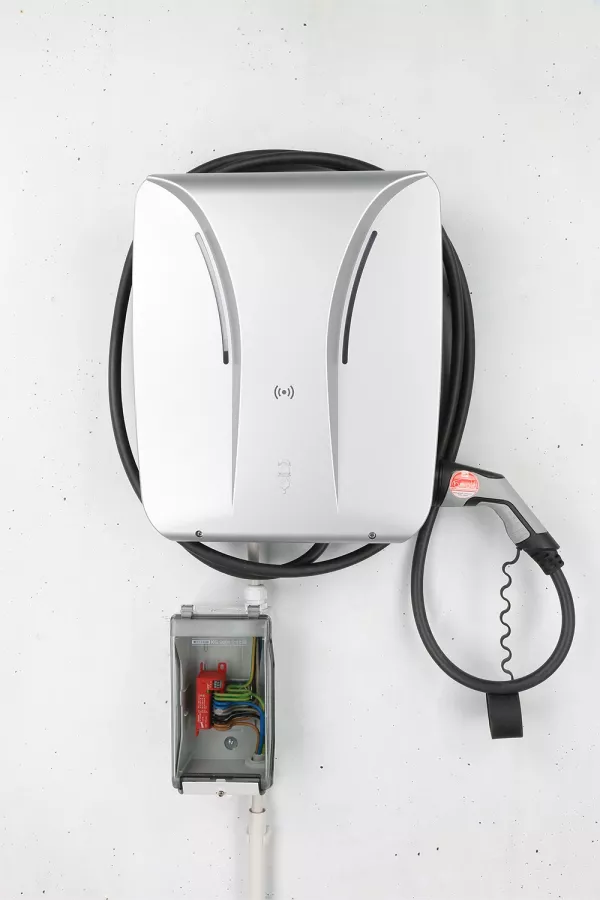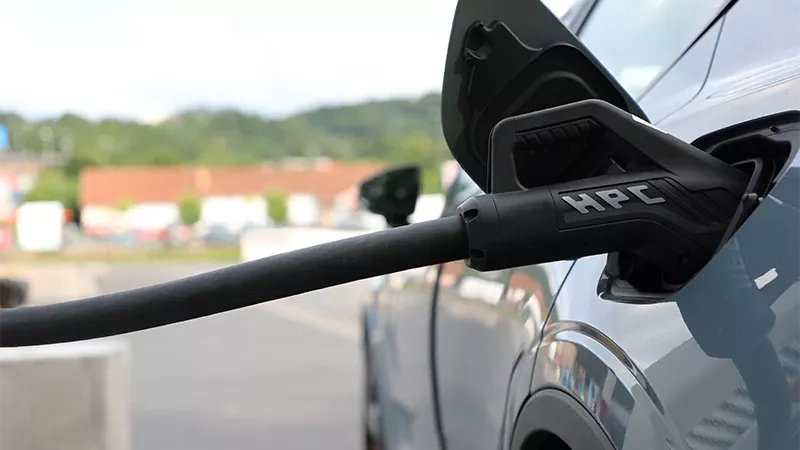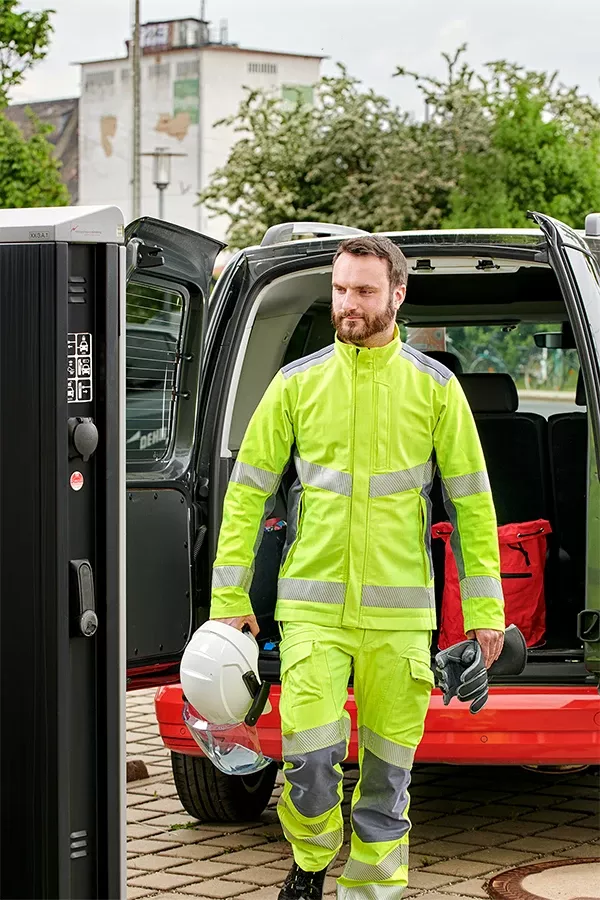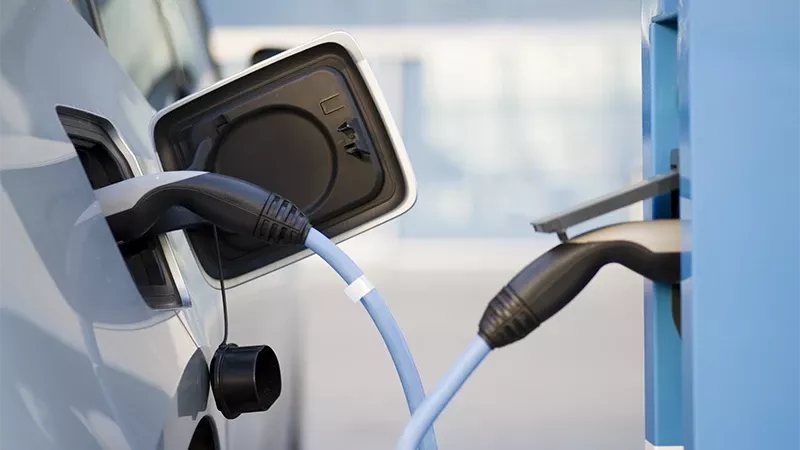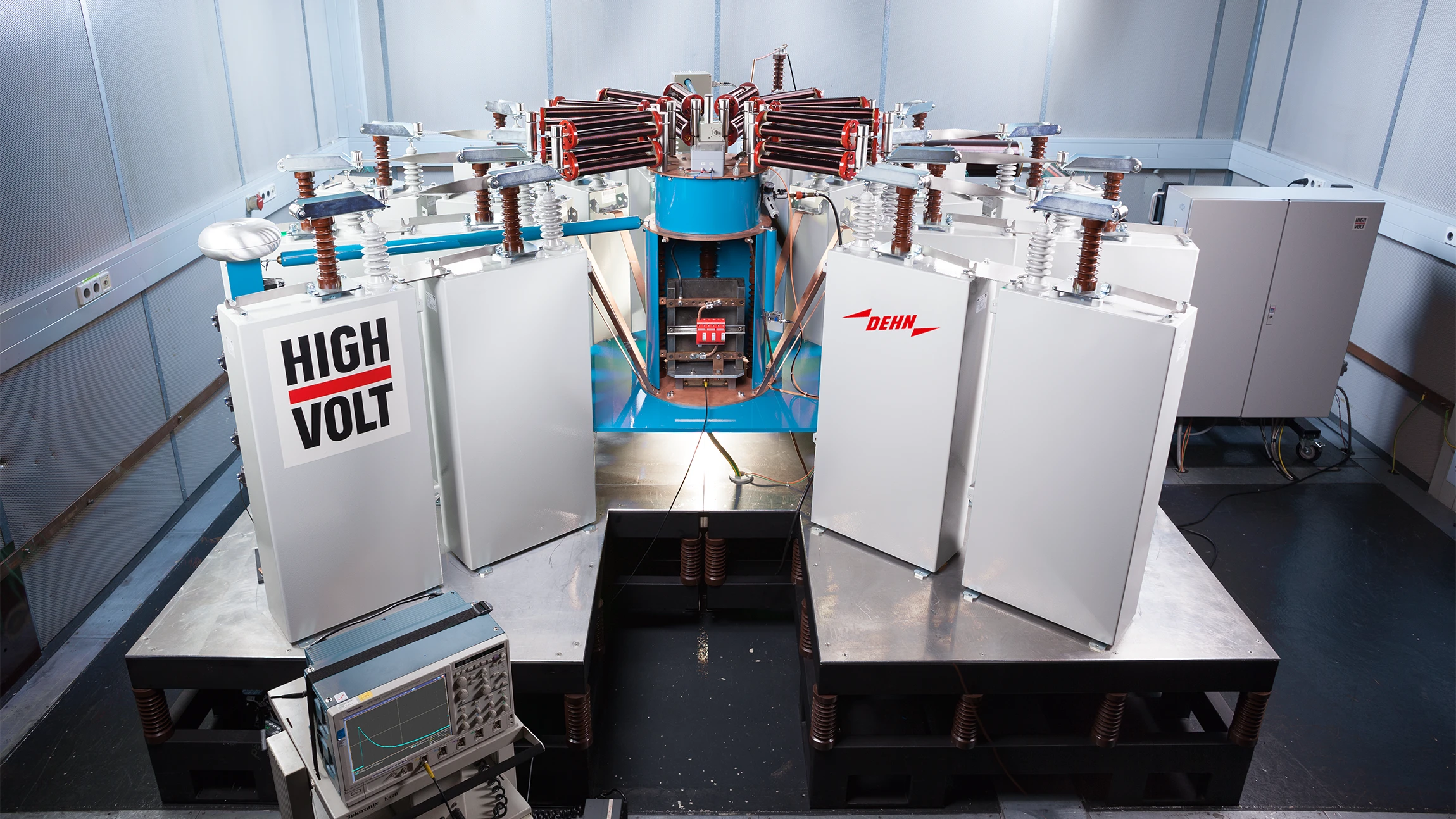E-Mobility
Protection concepts for charging infrastructure
Electromobility is increasingly making its way into the centre of our society. The connection of the charging infrastructure with the energy grids is an important factor for the success of the energy revolution – its expansion and further development are real issues for the future. As a result, their protection is also becoming massively more important. In times of increasing extreme weather events, protection against damage caused by lightning and surges is particularly relevant for security of supply in the e-mobility sector. Find out here about the dangers of lightning strikes and how we equip planning engineers and operators of electric vehicle fleets, charging stations and private households with customised, standard-compliant protection concepts for the future.
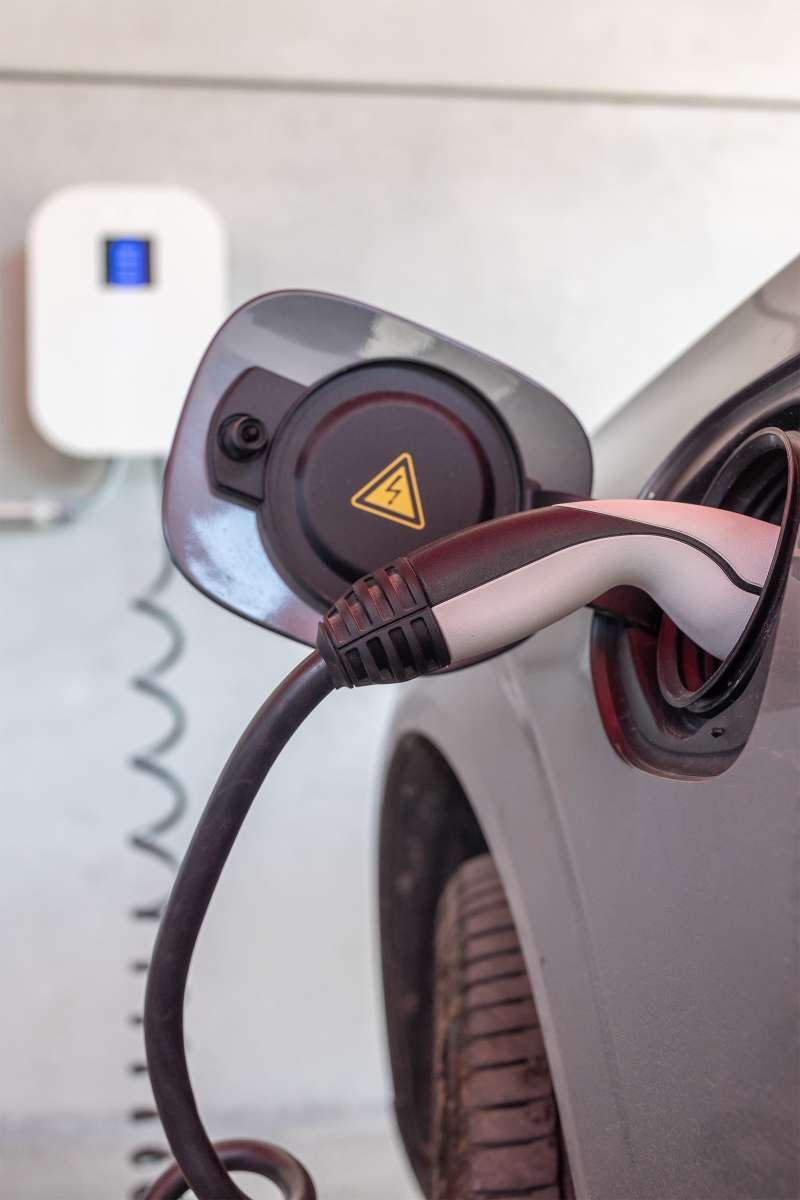
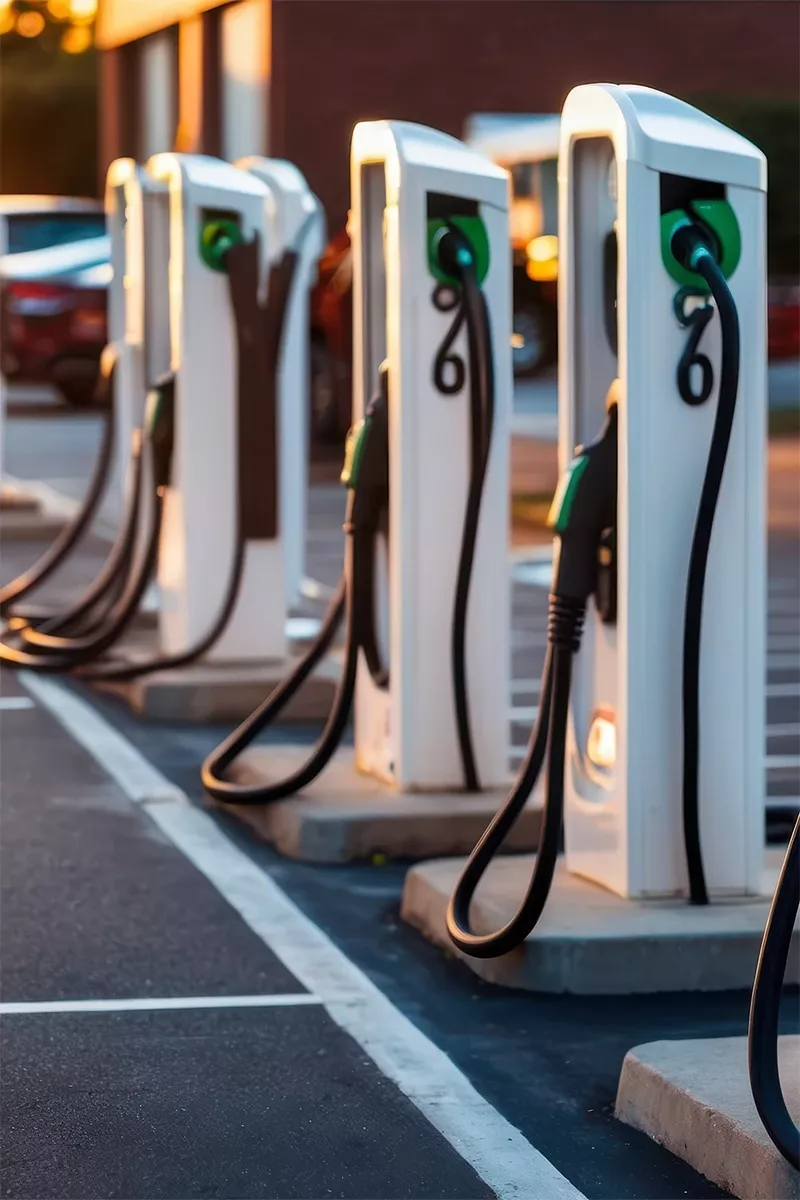
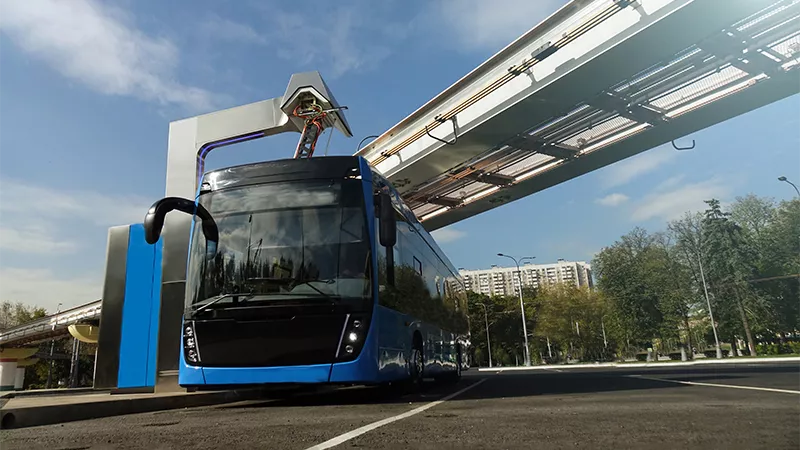
Security of supply is no coincidence
Charging installations are predominantly set up outdoors. That is why serious danger is posed to them by the effects of lightning discharges. It doesn't necessarily have to be a direct lightning strike: Strikes in the immediate vicinity and further afield can also lead to fires and surges at charging points and charging infrastructure. Switching operations in transformer stations or the switching of electrical energy at a charging station can also generate so-called "switching overvoltages". Just a small amount of energy is often enough to cause damage. A well-planned, holistic protection system avoids such effects and the associated additional costs.
Well protected during the charging process
Mains-related voltage peaks – that can arise due to switching operations, earth faults or short-circuits, for example – result in defective electronic components and malfunctioning charging posts. If these surges occur during a charging process, damage to the vehicle itself is even possible. Our lightning and surge protection concepts not only protect the charging station, but also the electric vehicle connected to it.
Get in touch with our experts. From the protection concept for the private wallbox to AC/DC charging stations, high-power charging parks and bus charging stations: we check existing systems and develop customised solutions for new buildings – so that you avoid repair costs and nothing stands in the way of safe, trouble-free operation of your charging system.
DEHN applications
Wall boxes
The right solutions for standard-compliant planning, efficient implementation and inspection, as well as safe and reliable operation for the wall box in residential buildings and semi-public areas.
AC/DC charging stations
Comprehensive protection against lightning and surges, and reliable mobility for charging stations used in private, semi-public and public areas.
High-power charging
Standard-compliant protection solutions for the permanently reliable operation of fast charging stations and charging park infrastructure with transformer stations, power electronics, battery storage systems and DC-supplied charging stations > 150 kW.
Lorry and bus charging stations
Protection solutions for electrified bus depots and opportunity charging stations to ensure the safety of people, vehicles and systems. For seamless operation and maximum customer satisfaction.
Safety equipment
Certified safety products and protective equipment for working on high-voltage systems, charging stations and electric vehicles.
We will be happy to clear these up in person.
FAQs
The newly constructed charging circuit must always be installed to the state of the art and in line with standards. This is based on IEC 60364-4-44, section -443, and IEC 60364-5-54, section -534. According to the above standards, surge protection measures must be used in the charging circuit to protect the charging equipment and the electric vehicle. In order to meet the requirements, the protection measures can be installed in the upstream distributors or directly in the wallbox.
No, there is often no surge protection as per IEC 61643-11 integrated as standard. This depends on the manufacturer and must therefore be specifically queried. What is important here is that the overvoltage category (rated impulse withstand voltage) does not replace the use of lightning current and surge arresters as per IEC 61643-11.
The installation location of the charging point and the system components of the charging infrastructure are key. If supply lines are installed in lightning protection zone 0-A, or separation distances to external lightning protection systems are not maintained, type-1 lightning current arresters must be used. If the charging point and its supply lines are installed in lightning protection zone 0-B, type-2 surge arresters will suffice for protection.
In order to obtain effective protection, safeguarding all incoming copper-based lines with suitable lightning current and surge arresters is required. This also applies to data and communication lines.
According to IEC 60364-4-44, section -443, Type 2 surge arresters like the DEHNguard or DEHNcord 3P constitute the basic requirement for protecting wallboxes.
IEC 60364-4-44, section -443, IEC 60364-5-54, section -534, and IEC 60364-7-722 must always be observed. You can learn more about this here
According to IEC 60364-4-44, section 443, Type 2 surge arresters like the DEHNguard or DEHNcord 3P constitute the basic requirement. If charging posts are installed in exposed areas, such as in unsheltered car parks, the use of Type 1 + Type 2 combined arresters, e.g. DEHNvap EMOB, must be considered.
This depends, among other things, on local conditions, as well as the size of the charging park. This can be assessed individually based on a risk analysis as per IEC 62305.
